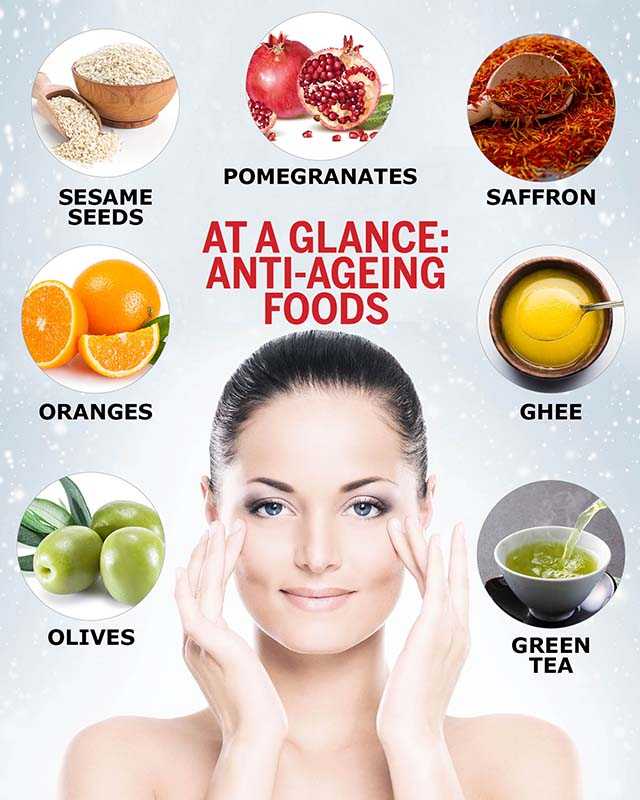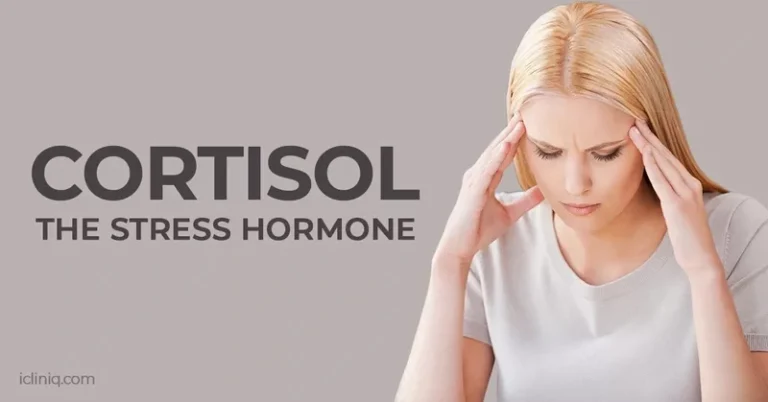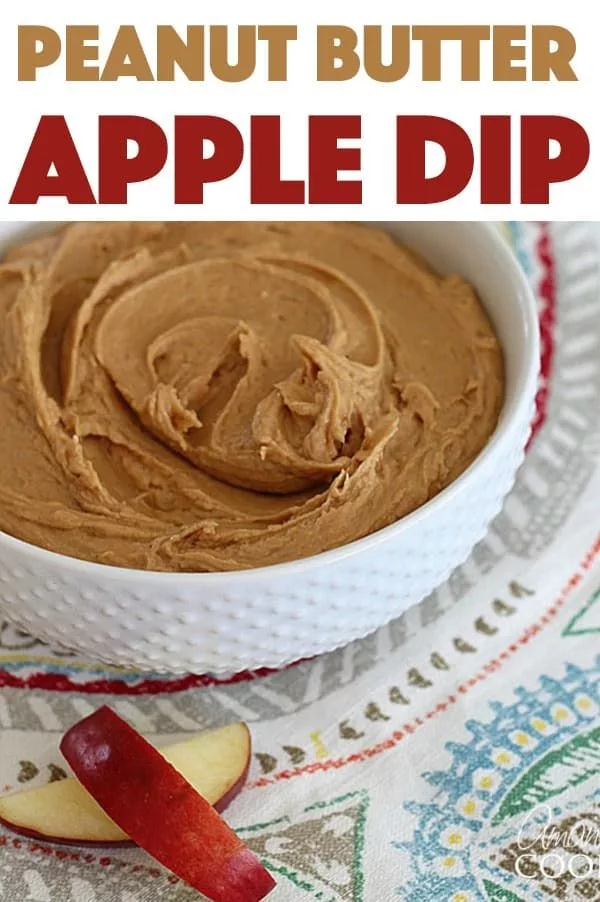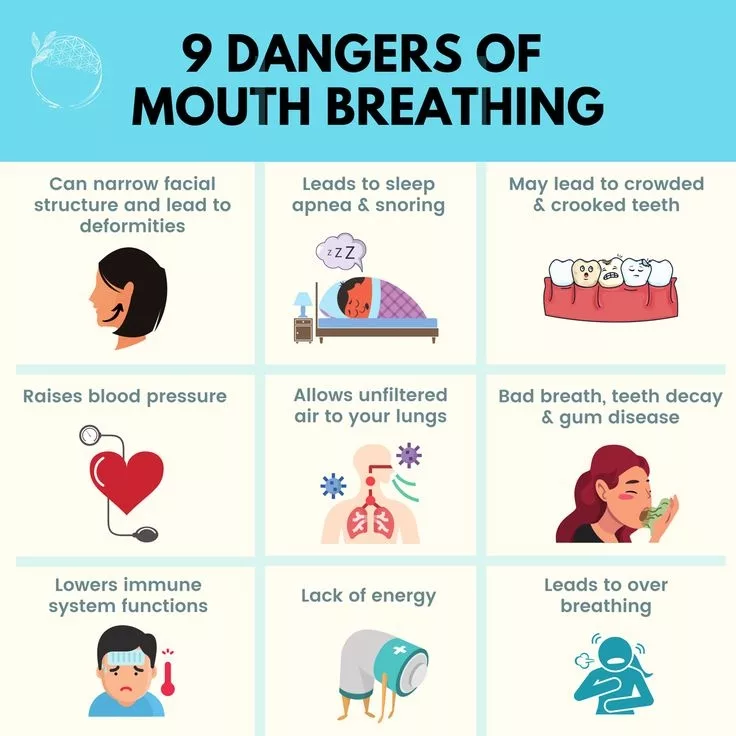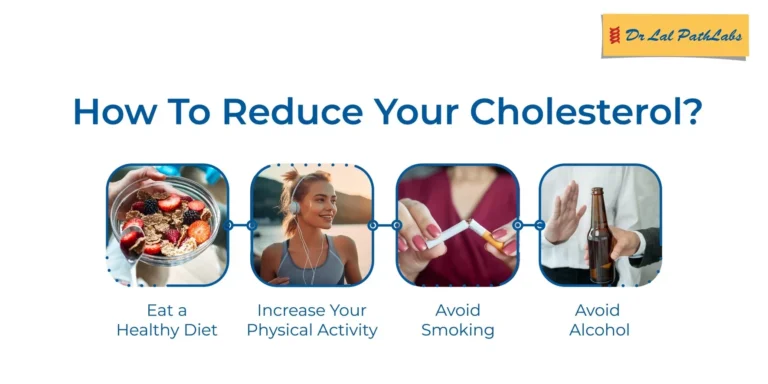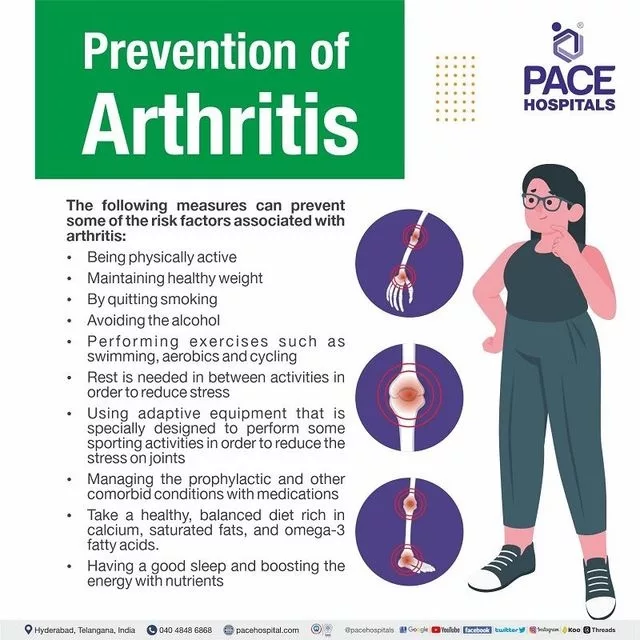Slow Aging Diet: A Healthy Way to Age Gracefully
Have you heard of the “slow aging diet” before? Today, I’d like to share my experiences with practicing this diet and explore ways for us to age healthily and gracefully together. ♡

What is the Slow Aging Diet?
The slow aging diet is a dietary approach that can be implemented in our daily lives to maintain health and physical fitness. It is known as an important factor in slowing down the body’s aging process and promoting healthy aging. The core of the slow aging diet is to consume a well-balanced combination of nutrient-rich foods. This diet can have a positive impact on our body and mind, and can support longevity and healthy aging.
Principles of the Slow Aging Diet
There are a few key principles to follow when practicing the slow aging diet.
Firstly, use fresh and natural ingredients. Low-quality ingredients can lead to nutritional deficiencies and negatively impact health. Therefore, it is best to choose organic and naturally grown produce as much as possible.
Secondly, the diet should be composed of a balanced combination of nutrients. Adequate amounts of protein, carbohydrates, fats, vitamins, and minerals should be considered. This can be achieved by including a variety of food groups such as staple foods, grains, fruits, and vegetables.
Thirdly, processed foods, alcohol, and foods high in sugar should be limited as much as possible. These can contribute to weight gain and the development of related diseases, thus compromising health.

Key Foods to Include in the Slow Aging Diet
There are several important food groups to include in the slow aging diet.
Firstly, vegetables are crucial. They are rich in vitamins, minerals, and dietary fiber, all of which are highly beneficial for health. Consuming a variety of colorful vegetables daily is recommended.
Secondly, fruits are also important. Fruits contain vitamins C, dietary fiber, and other nutrients that can boost immunity and aid digestion. Consuming 2-3 servings of fruit per day is advised.
Thirdly, protein is essential for maintaining muscle mass and supporting cell regeneration. Protein can be obtained from various sources such as meat, fish, eggs, and legumes, and the recommended daily intake should be met.
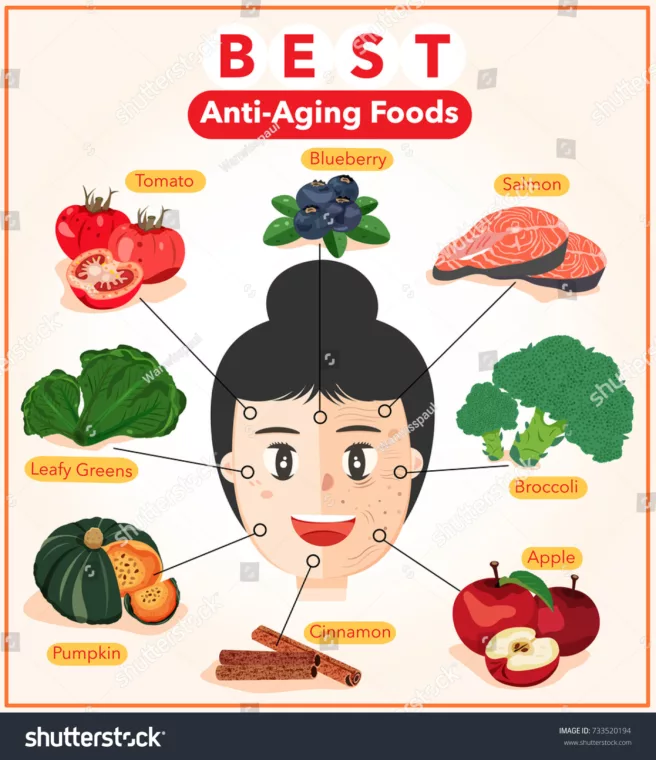
Foods to Avoid and Why
There are certain foods that should be avoided when practicing the slow aging diet.
Firstly, processed foods often contain additives and artificial seasonings that can be detrimental to health. Therefore, the consumption of processed foods should be minimized.
Secondly, foods high in sugar should also be limited. Excessive sugar intake can be linked to various health issues such as hypertension, obesity, and diabetes.
Thirdly, alcohol should be restricted as well. Alcohol can have negative impacts on the liver and excessive consumption can adversely affect overall health.
Incorporating the Slow Aging Diet into Daily Life
There are a few ways to incorporate the slow aging diet into your daily life.
Firstly, it is important to plan your meals in advance. Considering what ingredients to prepare and how to compose a healthy meal plan can help ensure a nutritious diet.
Secondly, aim to consume a variety of colorful vegetables. Vegetables are rich in vitamins and minerals, so including a wide range of vegetable types in your daily meals is beneficial.
Thirdly, cooking your own meals instead of relying on processed foods is recommended. Homemade cooking allows for better control over the ingredients and preservation of nutrients, while avoiding the additives and artificial seasonings found in processed foods.
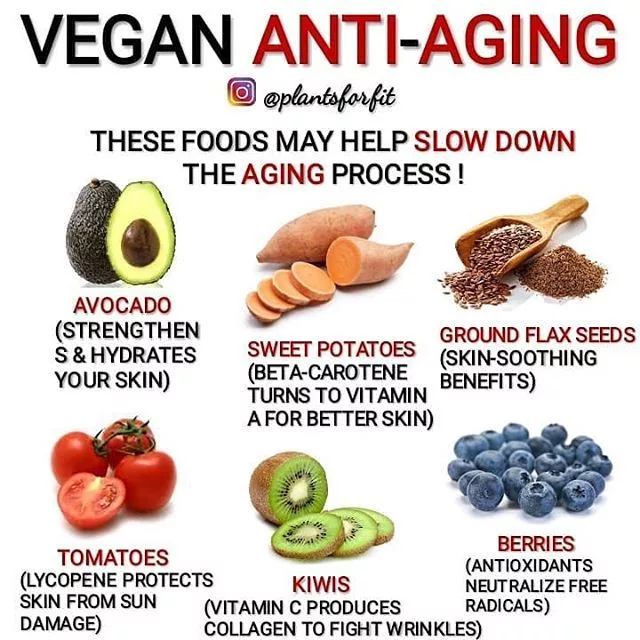
Synergy of the Slow Aging Diet and Exercise
The slow aging diet can work in synergy with exercise. Exercise plays a crucial role in maintaining a healthy body and improving physical fitness. Combining the slow aging diet with exercise can enhance muscle strength, flexibility, and cardiovascular endurance.
Furthermore, exercise can boost metabolism and aid in weight management. Practicing the slow aging diet alongside regular exercise can help maintain a healthy weight and slow the aging process.
Precautions When Practicing the Slow Aging Diet
There are a few important precautions to consider when practicing the slow aging diet.
Firstly, sudden changes to your diet can be harmful to your health, so it is best to make gradual changes. Drastic dietary changes can cause stress on the body and have negative effects on your health.
Secondly, it is important to tailor the diet to your individual health status and goals. The optimal amounts and ratios of nutrients can vary depending on one’s personal health condition and needs.
Thirdly, adequate hydration is also crucial. Water plays a vital role in transporting nutrients and supporting cellular functions, so it is important to maintain proper daily water intake.
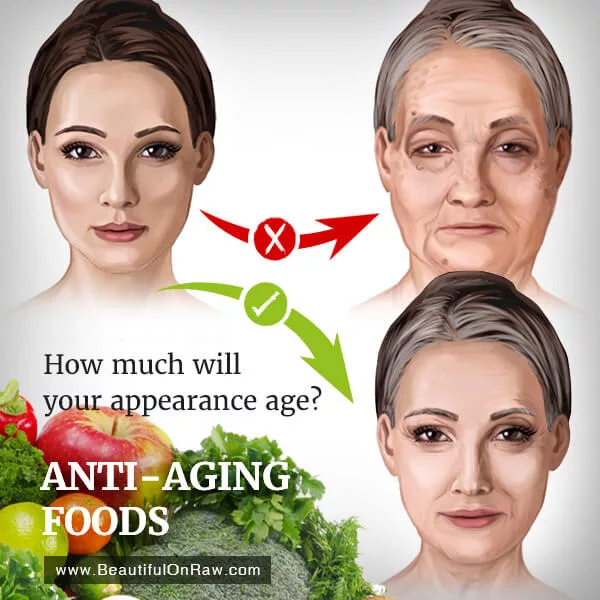
Successful Slow Aging Diet Cases and Testimonials
Many people have experienced positive changes by practicing the slow aging diet. For example, one individual reported that by consuming a variety of vegetables and fruits daily, their skin condition improved, and they achieved weight loss. Another person shared that by reducing processed and high-sugar foods and increasing protein and fiber-rich foods, they experienced increased energy and better digestion.
These examples demonstrate the beneficial impacts the slow aging diet can have. However, it is important to note that individual results may vary depending on one’s unique health status and needs.
The slow aging diet is an important element for healthy aging and longevity. Using fresh, natural ingredients, maintaining a balanced nutrient intake, and limiting processed and high-sugar foods are key principles. Incorporating the diet into daily life through planning, focusing on vegetables, and homemade cooking, as well as synergizing it with exercise, can all contribute to its effectiveness.

I encourage you to explore the slow aging diet and find ways to age gracefully and healthily. Wishing you all the best on your journey towards a long and vibrant life!
